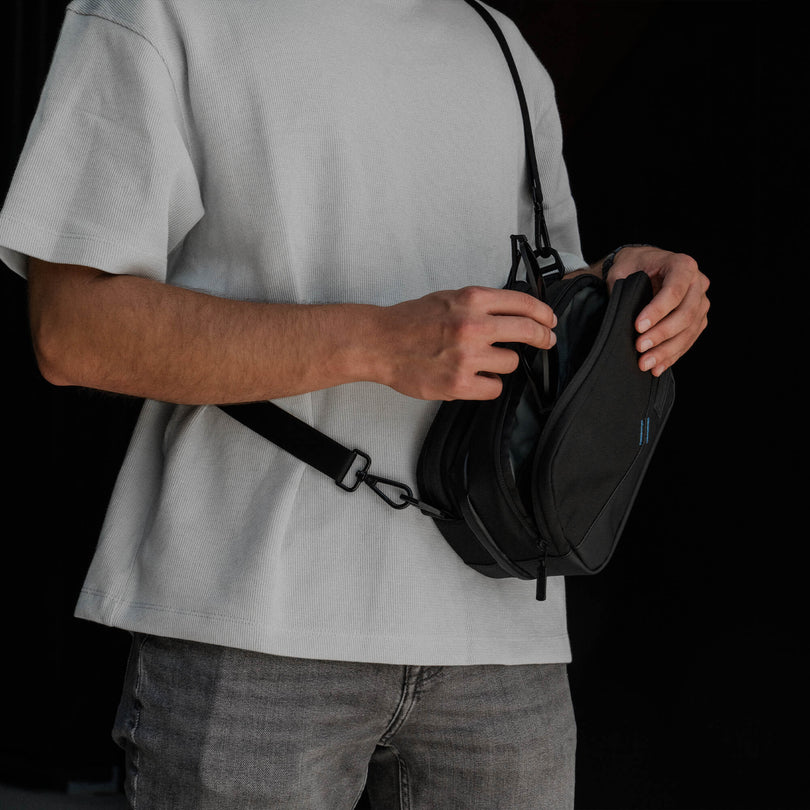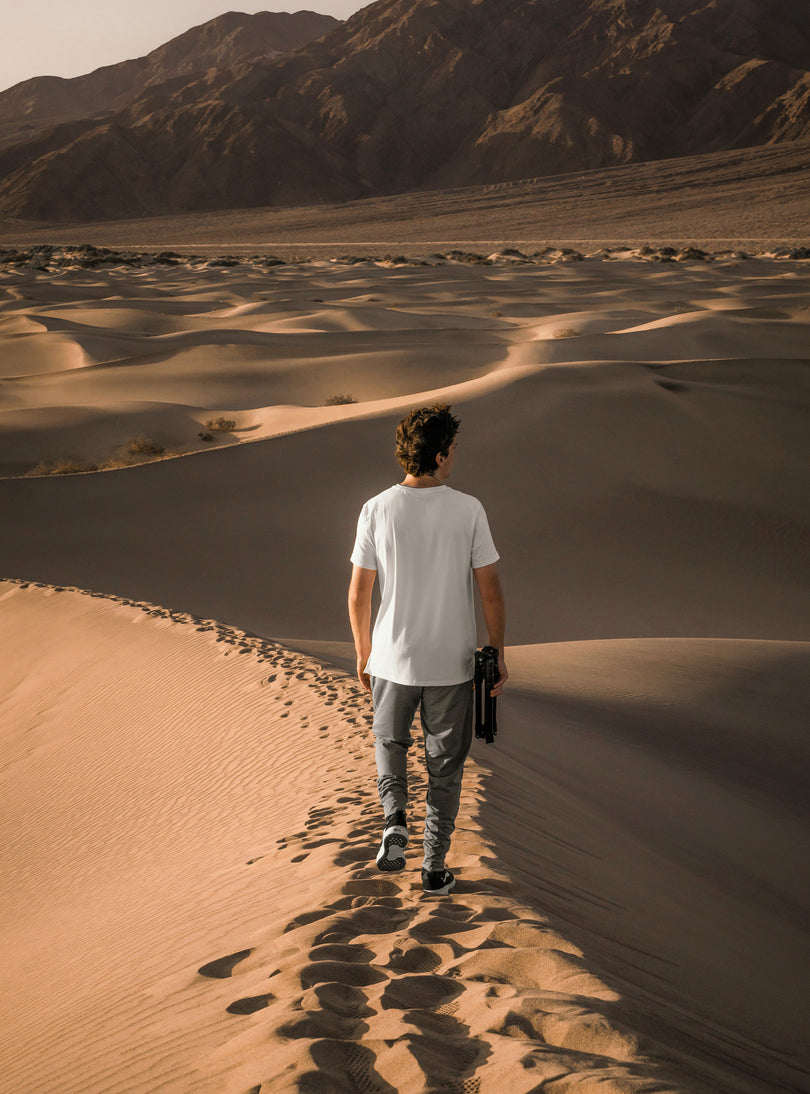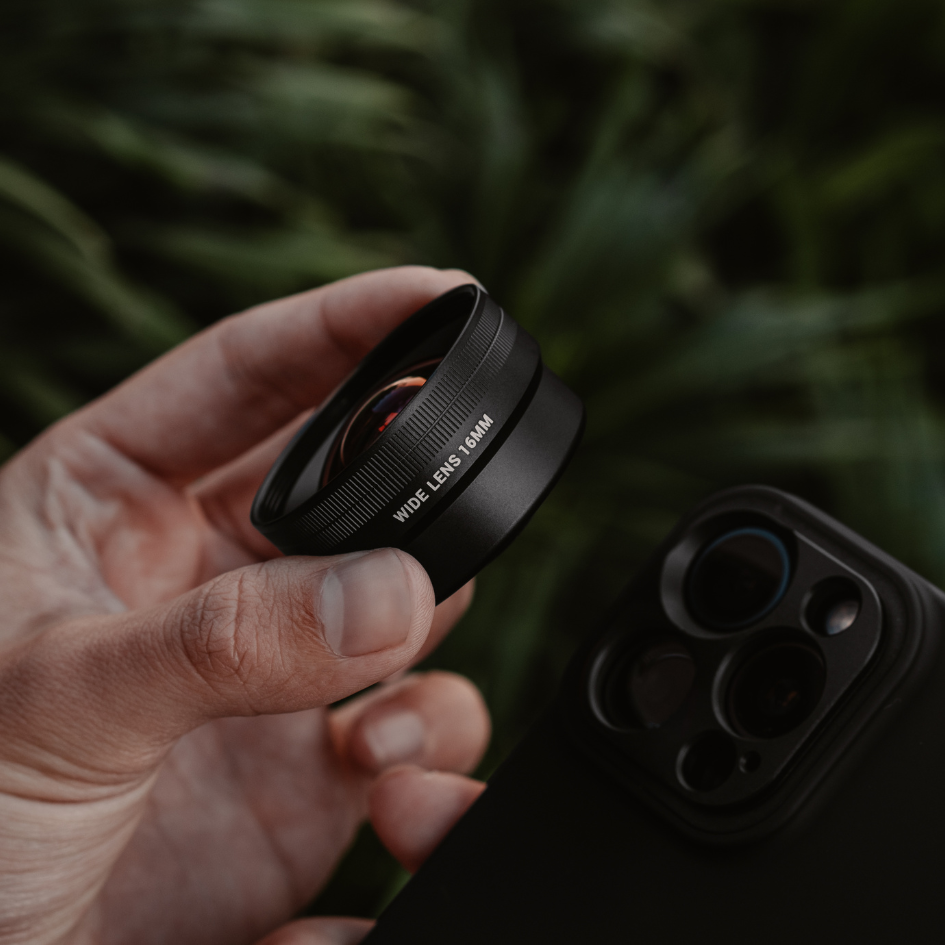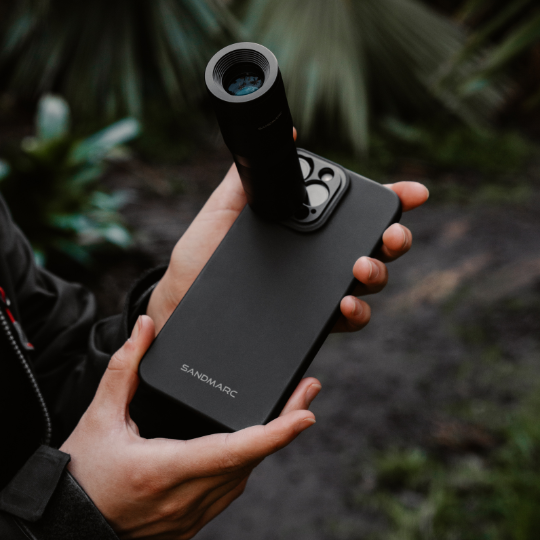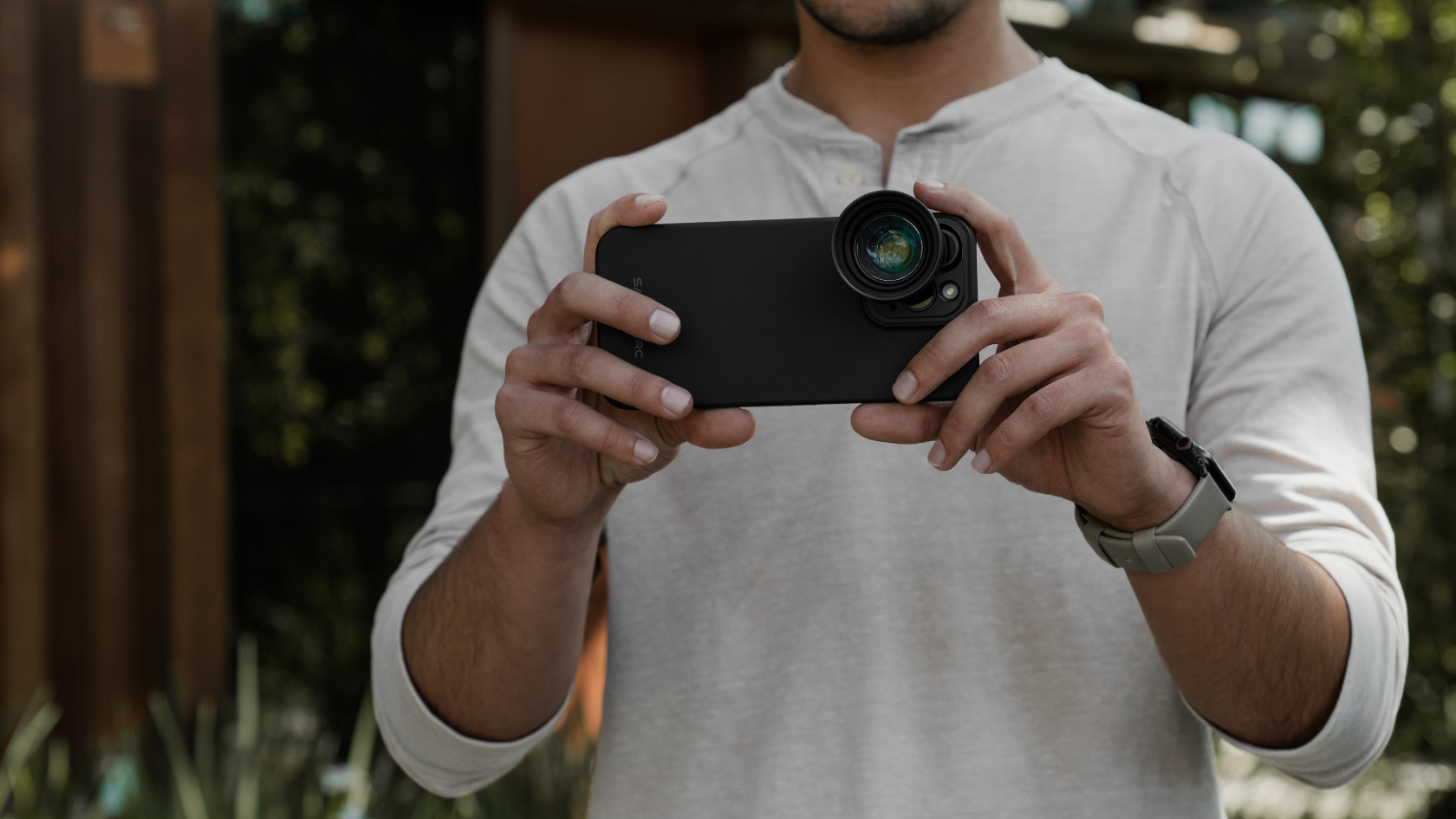Street Photography Guide for iPhone
5 Basic Principles of Street Photography for Beginners
Street photography is a unique form of photography in which a photographer captures everyday life. These shots can be either stumbled upon or strategically set up, and there is ongoing debate about which approach is better.
As with any art form, street photography is complex. Each street photographer has their unique style, but there are a couple of foundational basics to consider when beginning a journey in street photography.
Prior to a street photographer discovering their unique style, it's important to apply these five basic principles. Afterwards, we'll explore the work of well-known street photographers for inspiration.
As with any art form, street photography is complex. Each street photographer has their unique style, but there are a couple of foundational basics to consider when beginning a journey in street photography.
Prior to a street photographer discovering their unique style, it's important to apply these five basic principles. Afterwards, we'll explore the work of well-known street photographers for inspiration.
5 Basic Principles of Street Photography
1. Set Your Shutter Speed
2. Get Over Your Photography Fears
3. Learn How to Tell A Story
4. Choose Your Lens Ahead of Time
5. Learn to Embrace the Art of Wandering and Observing
Scroll down for an explanation of each:
2. Get Over Your Photography Fears
3. Learn How to Tell A Story
4. Choose Your Lens Ahead of Time
5. Learn to Embrace the Art of Wandering and Observing
Scroll down for an explanation of each:
1. Set Your Shutter Speed
Street photography is a form of photography that requires the ability to capture shots quickly. Photographers never know when a beautiful shot will present itself, so being quick is important. Since these shots are most often candid, a moment can come and go very quickly. Quick moments call for a fast shutter speed.
To increase the iPhone’s shutter speed, it is recommended to turn on burst mode. Burst mode allows the iPhone to capture photos rapidly. Once they are all captured the user can go back and scroll through the images to choose one they prefer.
To increase the iPhone’s shutter speed, it is recommended to turn on burst mode. Burst mode allows the iPhone to capture photos rapidly. Once they are all captured the user can go back and scroll through the images to choose one they prefer.
2. Get Over Your Photography Fears
Let's get to the bottom of it: street photography when done wrong can come off as creepy, and being in a public space with a camera can feel awkward. Finding a balance between being confident and respecting people's privacy will make street photography more enjoyable.
Luckily, the iPhone is smaller than a DSLR camera and won’t attract too much attention because it is more commonly seen in public spaces. However, it's still important to respect people’s privacy. In the United States, it is legal to take pictures of people in public places, but if they ask for the photo to be deleted, it is best to delete it out of respect. Each country is different, so whether you live somewhere else or are traveling, be sure to check each country's privacy laws.
To avoid these encounters, street photography can be done without invading a stranger's personal space by capturing images that don't show their face or from a distance. People are often absorbed in their own worlds and pay less attention to others than we might think. Especially if the camera is pointed in a general direction, no one is likely to stop and question you.
3. Learn How to Tell a Story
Ever heard the phrase, “A picture is worth a thousand words”?
The best street photographers are those capable of capturing a story. Many street photographers are known for their ability to capture historical moments that tell the story of people during a particular period.
Having this intention when capturing street photography will give more meaning to your images. We pass hundreds of people each day, each with a story of their own. These stories are shown through their faces, demeanors, and the activities they participate in.
The best street photographers are those capable of capturing a story. Many street photographers are known for their ability to capture historical moments that tell the story of people during a particular period.
Having this intention when capturing street photography will give more meaning to your images. We pass hundreds of people each day, each with a story of their own. These stories are shown through their faces, demeanors, and the activities they participate in.
4. Choose Your Lens Ahead of Time
Because street photography keeps photographers on their toes, it is best to choose one lens ahead of time. If you are rummaging through a photography bag looking for the correct lens, a moment might pass by.
We recommend a telephoto or wide lens. The SANDMARC Telephoto 58mm Lens provides 2x optical magnification, making it perfect for capturing portraits or zoomed-in, smaller framed images.
We also offer a Telephoto 6x Lens that prioritizes expansive reach and brings distant scenes closer. The SANDMARC Wide 16mm Lens offers 2x more field of view, ideal for wider framed shots.
We also offer a Telephoto 6x Lens that prioritizes expansive reach and brings distant scenes closer. The SANDMARC Wide 16mm Lens offers 2x more field of view, ideal for wider framed shots.
5. Learn to Embrace the Art of Wandering and Observing
Whether through a local town or a new one, wandering often leads to the best street photography images. It involves hoping that you are at the right place at the right time. Just as with wildlife photography, street photography requires a lot of patience, waiting for the opportune moment.
As you wander, learning to be an observer is important as well. It's when we separate ourselves from the moment that we can look at it objectively. As outsiders looking in, we are able to see a moment for what it truly is.
These five principles are the perfect foundation for anyone who is considering getting into street photography. Street photography has a long history, and viewing images of the past will help to inspire us today.
Inspiration: Well-Known Street Photographers
There is a wide array of street photographers whose images have made an impact. As an individual, you may feel drawn to one style more than another. It's a good exercise to analyze a photo and draw inspiration from its themes for your own photos. This helps to expand your creativity and create breakthrough moments.
Listed below are three well known street photographers:
Listed below are three well known street photographers:
1. Fan Ho
Fan Ho is most known for capturing Hong Kong in the 50s and 60s. There was rapid industrialization during this era in Hong Kong, which he swiftly captured through his photography. Within his street photography we can see four main themes of shadows, people, architecture and black and white coloring. Fan Ho was known for often posing his friends and family for his photos.
Henri Cartier-Bresson is most known for capturing the French liberation in 1945. His phrase 'the decisive moment' is coined by many. It entails the moment when everything falls into place for the perfect photo. Within his street photography we can see themes of geometry, composition, irony and surrealism. Henri Cartier-Bresson enjoyed capturing candid photos.
3. Alex Webb
Alex Webb is known for capturing photos with rich, vibrant colors around the world in countries like Turkey, Mexico and Haiti. His main goal is to create photos that ask questions rather than give answers. Within his street photography we can see themes of cultural identity, color, and complex composition.
As you begin your own street photography journey, your images will evolve. You will grow and learn from past mistakes while embracing your own photography quirks that make photos unique. Beginning with the five basic principles is your first step!


